
Do you have a question about the Allen-Bradley 1756-IB16IF and is the answer not in the manual?
| Manufacturer | Allen-Bradley |
|---|---|
| Input Channels | 16 |
| Voltage Input Range | 10-30V DC |
| Backplane Current @ 24VDC | 0 mA |
| Slot Width | 1 |
| Input Current | 2.5 mA |
| Resolution | 16 bits |
| Isolation Voltage | 50V |
| Temperature Rating | 0…60 °C (32…140 °F) |
| Compatibility | ControlLogix |
Discusses signal propagation delays within I/O modules.
Describes economizing bandwidth for remote chassis connections.
Details how controllers obtain input status via multicast (COS/RPI).
Discusses RPI and Change of State (COS) parameters for local chassis.
Describes RPI and COS behavior for input modules in remote chassis.
Explains how owner-controllers send output data.
Describes local chassis output module updates at task end and RPI.
Explains how owner-controllers send data to remote chassis output modules.
Advises caution when changing configuration data with multiple owners.
Allows module insertion/removal while power is applied for system availability.
Describes hardware and software indication of module faults.
Explains configuring modules and retrieving information using RSLogix 5000 software.
Compares expected module configuration with physical module before communication.
Describes suspending connections for maintenance or temporary disabling.
Explains using CIP Sync for timestamps and scheduling in fast I/O modules.
Describes setting the Requested Packet Interval (RPI) in module properties.
Explains configuring unique output states for Program or Fault modes.
Describes internal or mechanical fusing to protect output modules from overcurrent.
Allows diagnostic I/O modules to latch a fault position even after the error condition disappears.
Enables turning outputs On or Off at a scheduled time using program logic.
Verifies field wiring by checking for minimum leakage current.
Detects field power loss on specific output modules, sending a point-level fault.
Verifies logic-side instructions are accurately represented on power side of device.
Verifies output circuit functionality without changing load device state.
Detects or latches short duration pulses for fast input modules.
Records timestamps in CIP Sync format for input transitions.
Defines output states in Fault mode due to communication failure.
Provides precise, onboard control of output pulse trains.
Useful options for time-proportional control applications.
Steps to configure Pulse Width Modulation (PWM) settings.
Describes installing or removing modules while chassis power is applied (RIUP).
Explains keying RTBs to prevent incorrect wiring to modules.
Provides steps for installing the RTB onto the module to connect wiring.
Details the procedure for removing the RTB from the module.
Explains how to remove a module from its chassis.
Outlines steps for module configuration using RSLogix 5000 software.
Guides on adding new local or remote I/O modules in RSLogix software.
Explains reviewing and editing module configuration dynamically.
Defines controller-to-module behavior and connection settings.
Explains choosing formats that determine configuration options and data transfer.
Describes status indicators on input modules and their meanings.
Describes status indicators on output modules and their meanings.
Guides on determining fault types by monitoring module configuration properties.
Describes Configuration and Input tags for standard and diagnostic input modules.
Describes Configuration, Input, and Output tags for standard/diagnostic output modules.
Lists tags for fast input modules, including Configuration, Input, Output, and Event types.
Lists tags for fast output modules, including Configuration and Data types.
Shows ladder logic for resetting fuses, performing pulse tests, and resetting latched diagnostics.
Shows using a WHO service to retrieve module identification and status information.
Explains direct replacement of 2.x modules with 3.x modules using Compatible/Disabled Keying.
Details actions needed for Exact Match keying when replacing 2.x with 3.x modules.

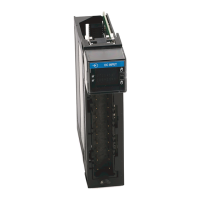

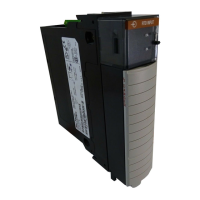
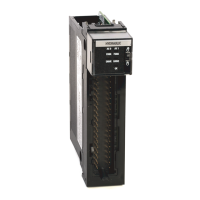
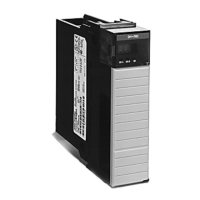

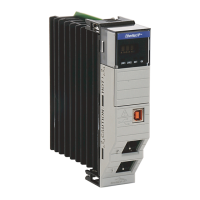
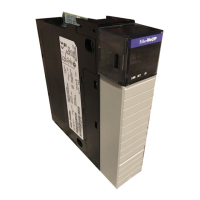
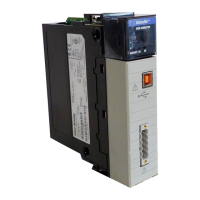
